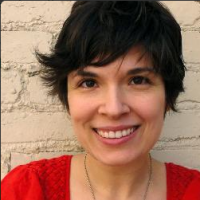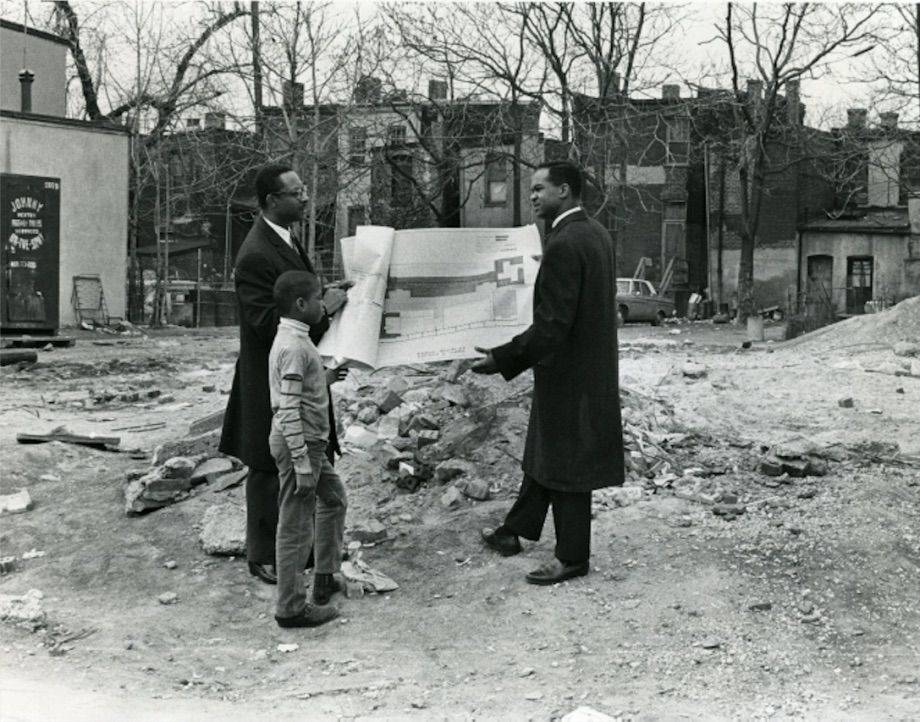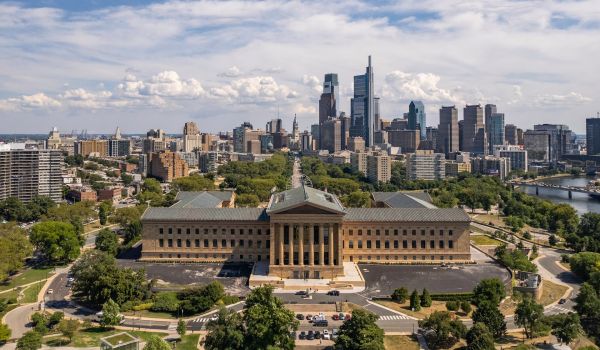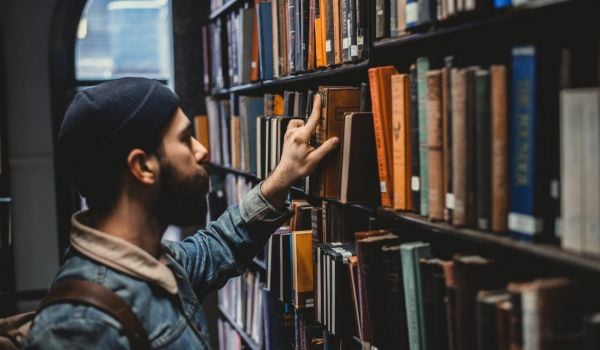Who has a “right” to the city in which they live? Is it homeowners? Voters? Business owners and developers?
The new exhibit from the Smithsonian Anacostia Community Museum doesn’t answer that question but it does give insights into how D.C. residents have engaged with and altered their city throughout history.
“A Right to the City,” curated by Samir Meghelli, looks at six D.C. neighborhoods and highlights their residents’ activism to create sustainable, affordable, healthy communities by and for the people who live there. The exhibit tells stories through oral histories, photographs and artifacts from these protests and movements. A series of class photos of students at John Philip Sousa Junior High shows how quickly the student body changed from white to black as the formerly whites-only school was forced to integrate, then white parents fled to the suburbs. Protest flyers show how communities banded together to fight planned freeways that would cut through their neighborhoods (and agitated instead for D.C.’s Metro). And oral histories from people who were there help viewers learn what life was like in these neighborhoods.
“This exhibition is really an opportunity for long-time residents to revel in the history of their neighborhoods and learn themselves about some aspects of the neighborhood’s history,” Meghelli says. “And for new residents to discover and learn about the history of the neighborhoods that they’re living in and working in.”
For example, take the city’s Adams Morgan neighborhood. The historic nightlife district came together as a neighborhood in the 1950s from smaller, distinct subdivisions, when the neighborhood’s residents formed a coalition to work towards integrating the neighborhood’s two elementary schools — one black, one white — and fight urban renewal. The parents and teachers at John Quincy Adams and Thomas P. Morgan elementary schools formed the Adams-Morgan Better Neighborhood Conference, which advocated for community-driven revitalization, not wholesale urban renewal. Later came the Adams Morgan Organization, which created a neighborhood government at a time the District did not have any elected officials. Not until 1973 did Congress give the city the power to elect a mayor and a council (but kept the power to veto any laws passed by the Council — and of course the District famously still lacks congressional representation).
“They really put into practice this idea of direct democracy in a city that had no elected government,” Meghelli says. After 1973, the Adams Morgan Organization advocated for important tenant protections like the Tenant Opportunity to Purchase Act, which gives renters the first chance to buy their apartments if and when they go up for sale. Later, the Adams Morgan Organization became the model for today’s Advisory Neighborhood Commissions, neighborhood-level governing bodies in all eight wards of the city.
The exhibit also tells the story of activism in the Shaw neighborhood and on U Street, once known as “Black Broadway” for its proliferation of African-American businesses, where music and entertainment thrived. Duke Ellington played there, as did Louis Armstrong, Ella Fitzgerald, Billie Holiday — you get the picture. But then came a proposed urban renewal project (a theme running through many of the parts of this exhibit), and a year later, Martin Luther King Jr. was killed and Shaw erupted in violence. It was a neighborhood-level organization, the Model Inner City Community Organization, that picked up the pieces, built affordable housing, and helped replace the aging junior high school.
As part of putting the show together, Anacostia Community Museum staff conducted over 200 oral history interviews, not all of which made it into the exhibit. Visitors can listen to some of the “outtakes” at a special payphone near the end of the exhibit, and even tell their own stories. People not able to make it to the exhibit in person can dial-in (202-335-7288) to listen and share as well.
Meghelli hopes that visitors do not come away with easy answers.
“What people will find is a mix of the challenging tragic stories, like urban renewal that displaced more than 20,000 people from Southwest D.C. and demolished essentially the entire neighborhood, to stories like that of Adams Morgan where residents were able to organize and help shape the change that was happening in the neighborhood,” Meghelli says. “We’re not telling people …. that people do or do not have a right to the city, but I think, especially in this moment in this city’s history, [people should] ask that question of themselves and to think through what role they can play in helping shape the way that their cities are growing and changing today.”

Rachel Kaufman is Next City's senior editor, responsible for our daily journalism. She was a longtime Next City freelance writer and editor before coming on staff full-time. She has covered transportation, sustainability, science and tech. Her writing has appeared in Inc., National Geographic News, Scientific American and other outlets.
Follow Rachel .(JavaScript must be enabled to view this email address)


_600_350_80_s_c1.jpg)




_600_350_80_s_c1.jpg)








